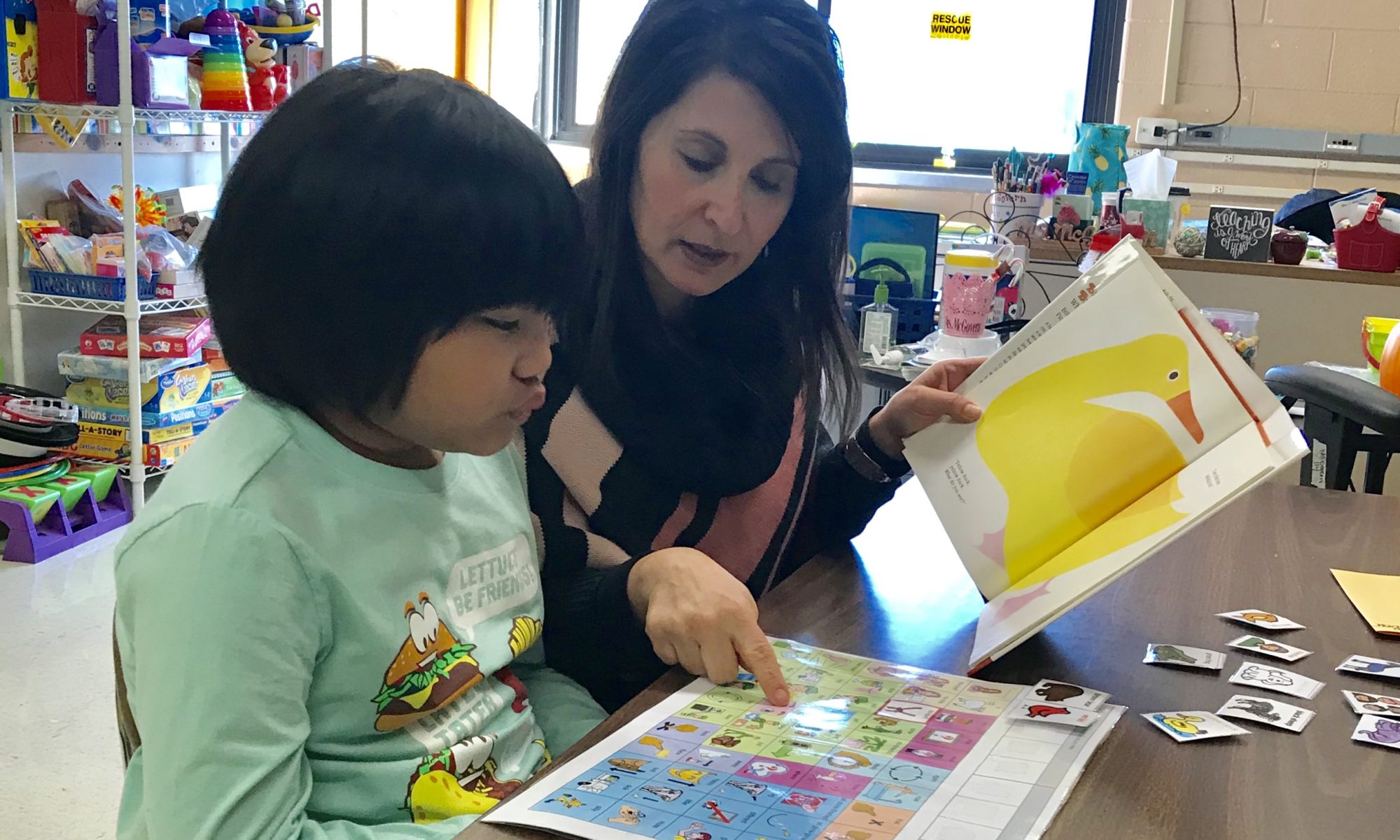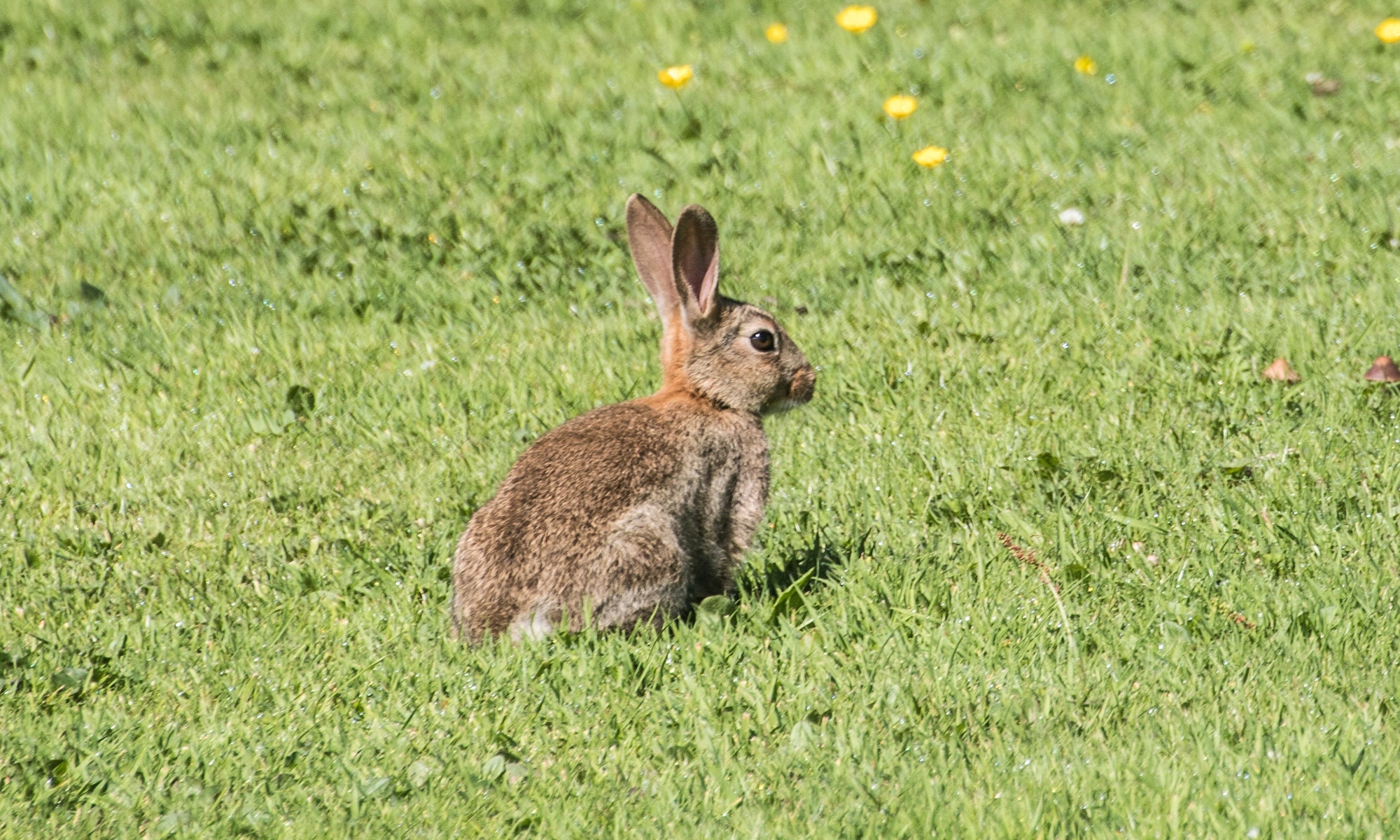How do I play with my young child who is nonverbal? Expansion from where your child is at..
It is not uncommon for parents to express uncertainty about how to go about playing with young children who are not able to express themselves. These children often have a limited repertoire of toys that they are interested in. All we need for play is to identify one toy (e.g. teddy), action (e.g. jumping), or object (e.g.. car) that the child is interested in and use it as a basis for play. We want to be aware of what the child is interested in and then for us to extend what s/he does with the toy/object to expand involvement with us and the toy/object or action.
My child is in school already, why should s/he still learn to play like this?
There is a direct link between children’s ability to play with themselves and others, and their ability to learn. This also applies for children of school -going age. Children learn primarily through play. They make up action stories (e.g. the doggie runs in the yard, he runs fast, he sees daddy coming in the car, what does the doggie do? He runs to the car to greet daddy). In playing out a simple story like this, they learn about sequential actions and logical outcomes. If we can get a young child to play like this, s/he is well on the way to learning.
What toys do I use?
We need to watch carefully what toys the child spontaneously engages with. We need to observe how s/he uses the toys to develop their play skills. Allow yourself to expand play around the object of your child’s interest by adding one or two ideas that you think the child might relate to. Parents can be most intuitive in knowing what a child might enjoy – and if it doesn’t work, then you can try with another object/action/toy later on. It is not how many times we have to try that is important, but where we are heading for!
Gaining a young child’s attention is often difficult and expanding that interest to include a slightly longer engagement with the toy can be quite difficult at first. Remember this is an activity that you and your child should enjoy together. Don’t allow a play session to change into a “teaching session”. The idea is to have fun together. Play, communication and learning can only happen when a child is interested and enjoy what they are doing with you.
So how do I do this? Continue reading “Guidelines for parents: How to play with my child who is nonverbal- Beginning play level”









